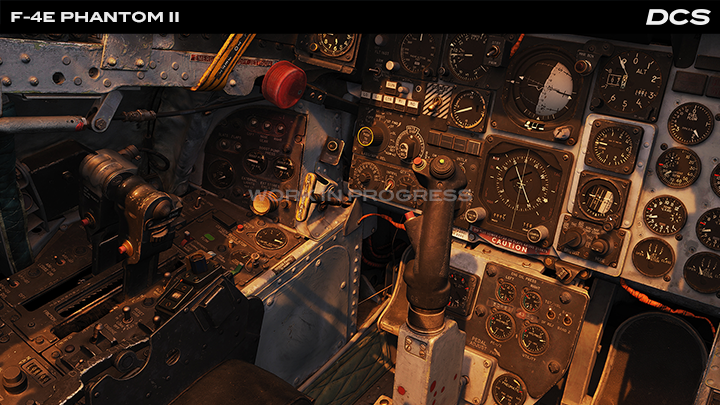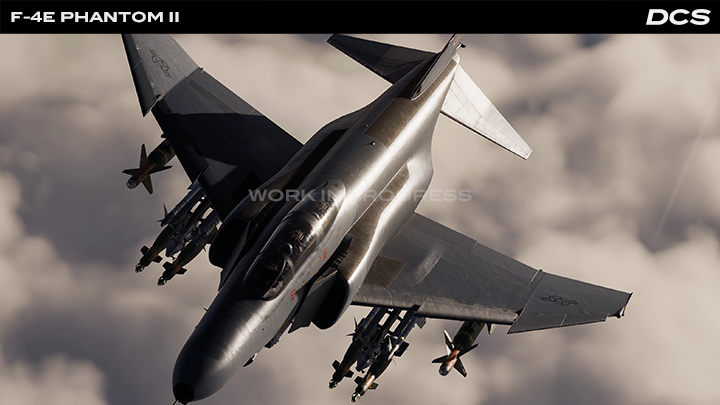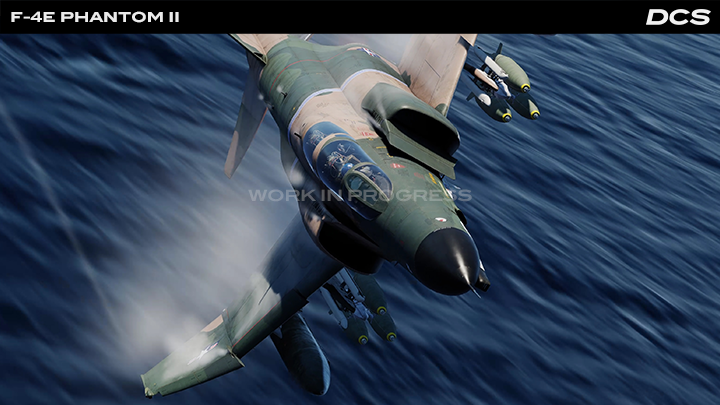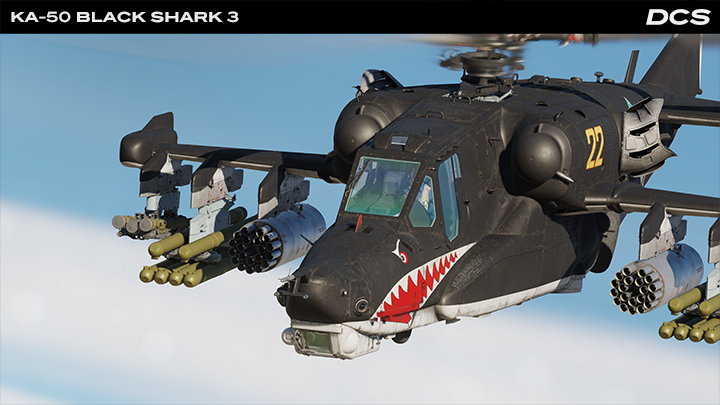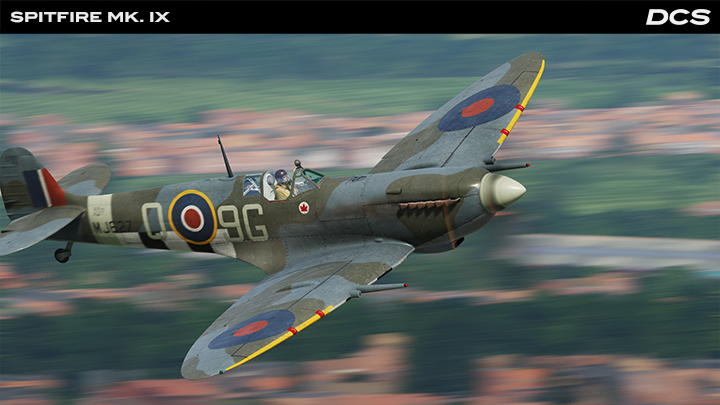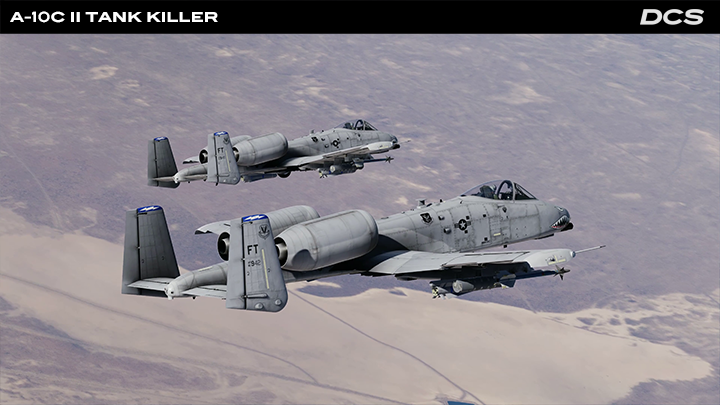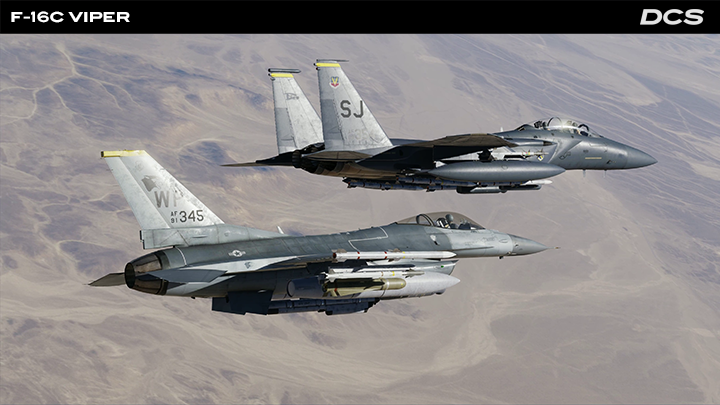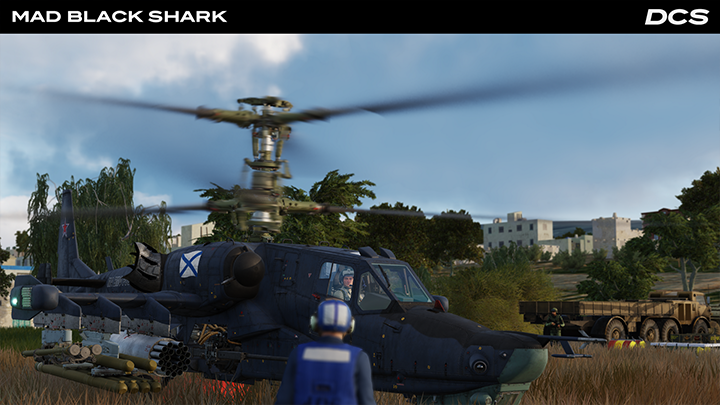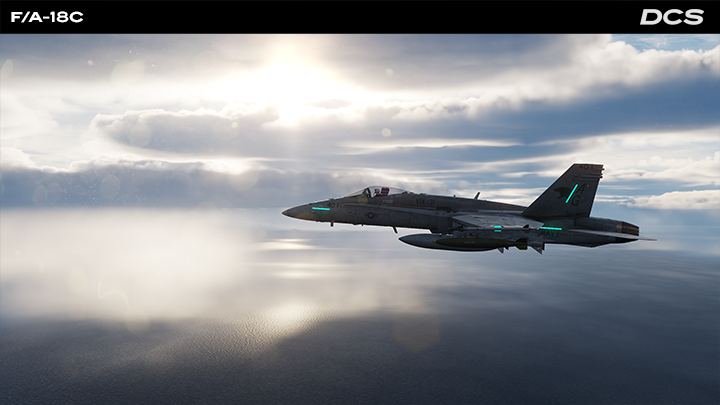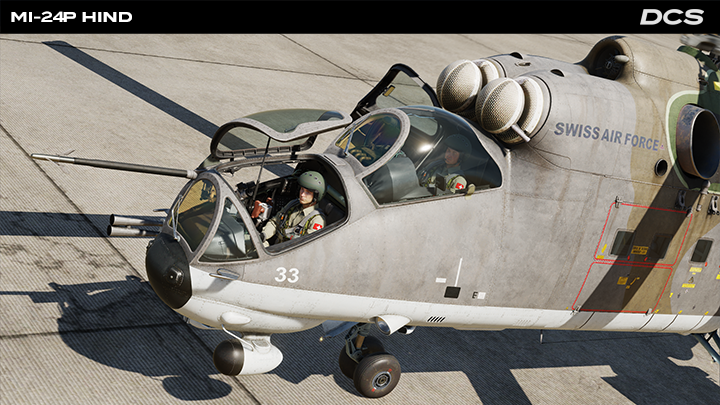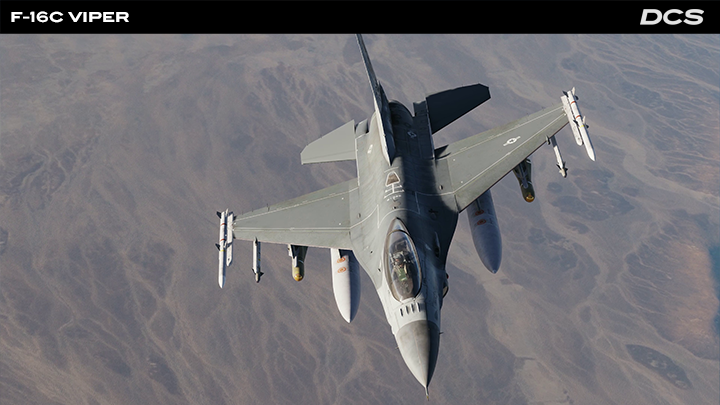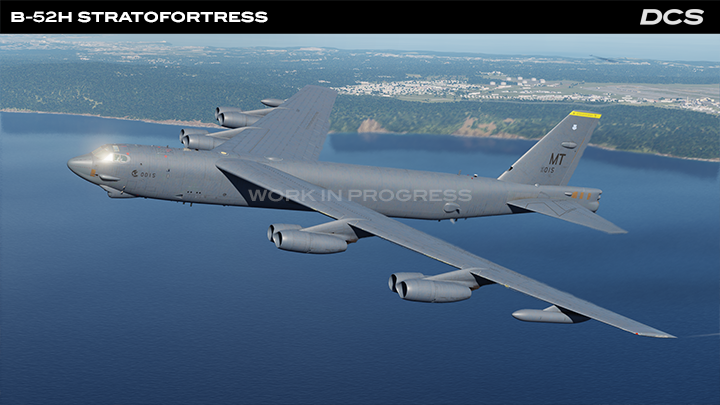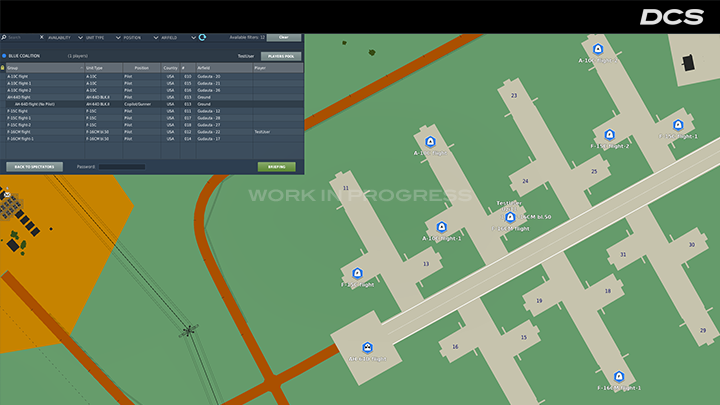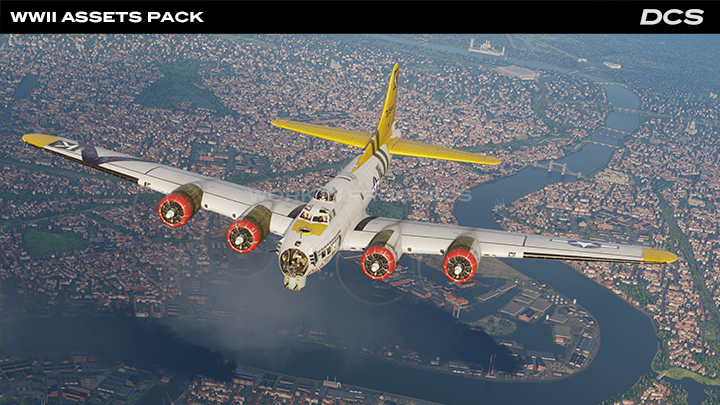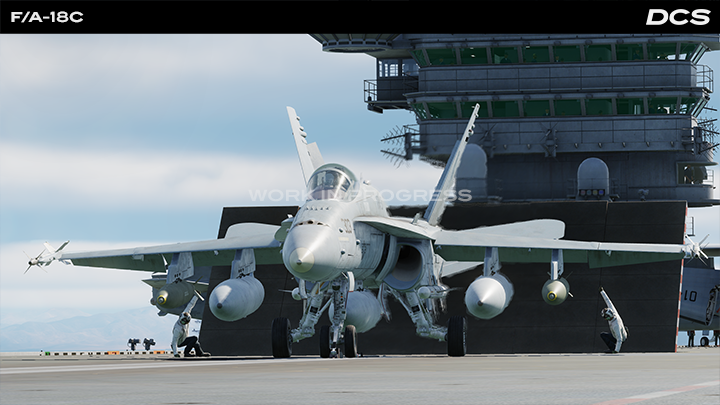
DCS World Steam Edition - OBWKB
Mi-24P Hind
New Campaign
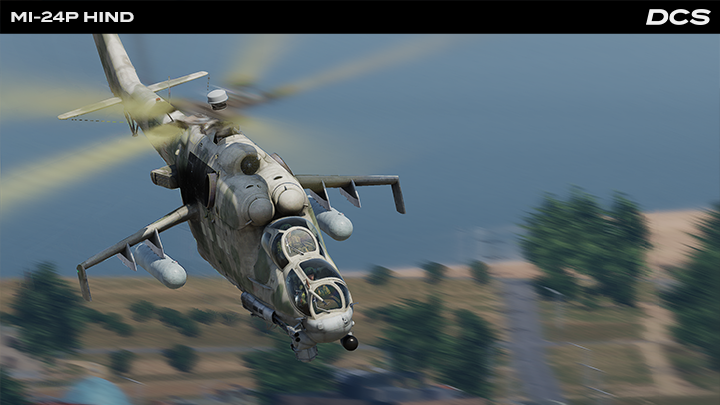
In the DCS: Mi-24P Hind "Revenge" campaign, you will participate in similar events to the DCS: Su-25 campaign of the same name, this time as an army aviation pilot.
According to intelligence reports, there is evidence of a Georgian military ground force concentration on the south-eastern side of Enguri River along KAHAT - OIREME - BASHI - RIKE. They are attempting to create a striking echelon, consisting of the 2th MIB and reinforcing units. Enemy radiocommunication and the number of radio checks has also been increased.
In order to withstand the imminent threat in the region, the necessary reinforcements of friendly troops have been undertaken including; the shift of an extra pair of DCS: Mi-24P Hind attack helicopters to the advance position 2 km west of ACHIGVARA (callsign "Skala").
The “Revanche” campaign for the Hind and the brand new 3D pilot model are slated to be included in the next DCS 2.9 open beta update. Stay tuned!
Recently we announced that we have been reviewing new information about the differences between Mi-24V and Mi-24P swash plate movement limits. After thorough additional checks with our SME, we've got more factual information from the real aircraft. The current implementation still stands correct as a result of that research and in the end we've concluded that currently no changes are needed.
AGM-45 Shrike
Development Progress
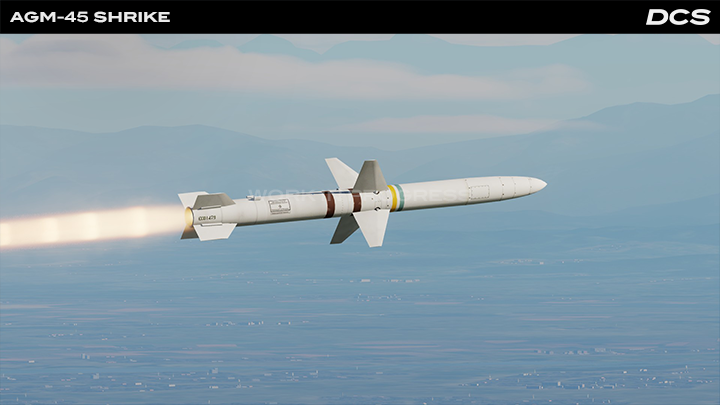
As many aviation weapons experts know, the first generation of anti-radiation missiles that appeared in the 1960s, such as the AGM-45 Shrike, had interchangeable seekers tuned to different frequency bands. At that time, it was not possible to make one broadband universal seeker, so seekers were mounted on missiles before flight in accordance with the target type it was planning to strike. The Shrike has 10 interchangeable seekers tuned to different frequency bands that overlap each other. Wider bands are suitable for attacks on a family of similar radars, whereas narrower ones are for hitting specific types of radio-emitting equipment.
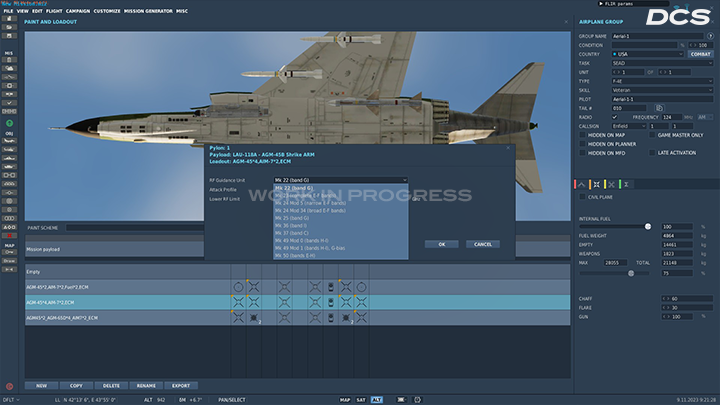
The AGM-45 Shrike missiles were widely used in the US Air Force by many tactical aircraft since the Vietnam War. In fact, they were the main ARM of both the multi-role F-4E Phantom aircraft and the specialized F-4G Wild Weasel. In DCS, you will be required to select the seeker from a special weapon settings panel in the Mission Editor.
Shadow’s Trophy 23
VIRPIL Controls Competition
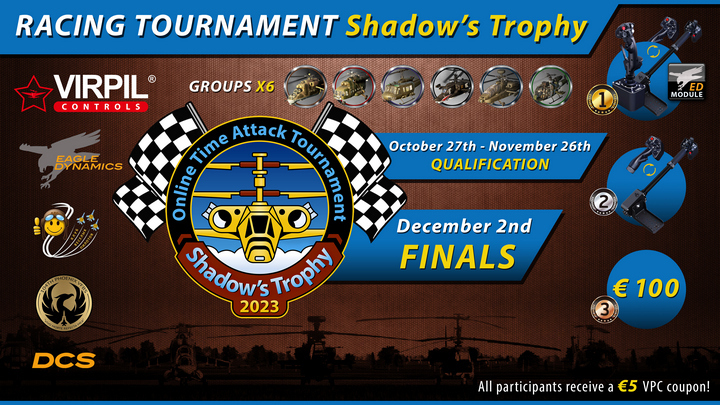
The Shadow’s Trophy Tournament 2023 has started! This year, organizers have increased the number of groups to match all the helicopter modules available in DCS! 6 groups — 6 podiums — 18 winners! This tournament features automated selection of the finalists. Hurry! Qualification runs until November 26th, 2023. Read the regulations.
🥇1st Place:
— VPC MongoosT-50CM2 Grip
— VPC MongoosT-50CM3 Base
— VPC Rotor TCS Base
— VPC SharKa-50 Collective Grip or VPC Hawk-60 Collective Grip at the pilot's choice.
-------
— OR €800 VIRPIL Controls Webstore Voucher
The Сhampions in each group receives 1 module for DCS developed by Eagle Dynamics!
🥈2nd Place:
— VPC Rotor TCS Base
— VPC SharKa-50 Collective Grip or VPC Hawk-60 Collective Grip at the pilot’s choice.
-------
— OR €350 VIRPIL Controls Webstore Voucher
🥉3rd Place:
— €100 Coupon valid in any official online store of VIRPIL Controls.
For all pilots who complete the course at least once during the Qualification stage:
— Coupon for €5 valid in any online store of VIRPIL Controls!
Please kindly note that this competition requires DCS 2.9 Open Beta. Qualification is open until the 26th of November and the most experienced pilots will battle on for the podium in the Finals on the 2nd of December, 2023! Good luck pilots and see you on the race track! Check out the VIRPIL Control’s tournament page for more information and join the VIRPIL Discord now!
Thank you again for your passion and support,
Yours sincerely,
Eagle Dynamics




